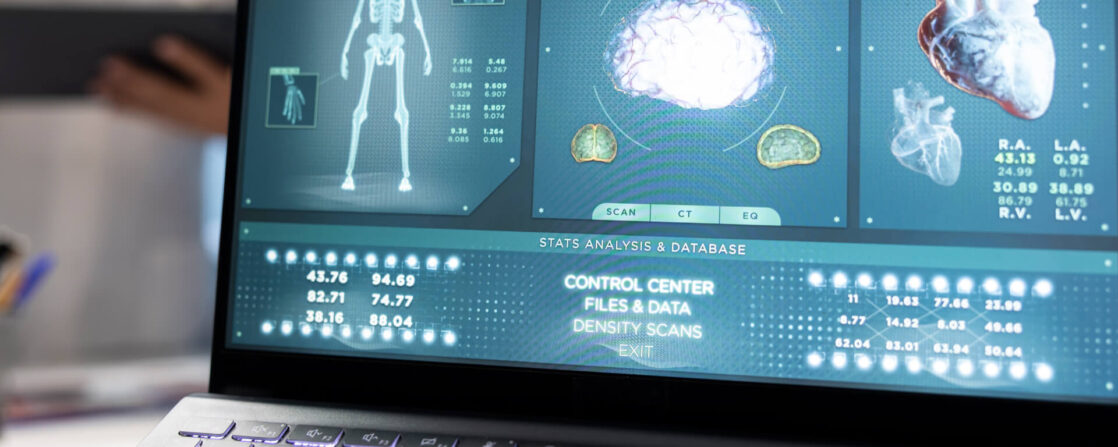
Accelerating Digital Health Data Transformation for a Leading Healthcare Technology and Pharma Company
Key Results
- Over 50x faster cut processing from 6 min to 8 sec
- 400+ TB in 10 days of converted physiological sensor data
- 120 M records in 3 hrs engineered triaxial acceleration features
- Weeks vs months integrated new devices faster
- Time saved secured data with automated monitoring & encryption
The Challenge
A leading healthcare technology and pharmaceutical company faced the daunting task of extracting, transforming, and loading over 400 TB of raw time-series physiological sensor data for data science projects in clinical studies. The existing manual, multi-step process involved three different tools for data ingestion, cleaning, and feature extraction, which proved to be time-consuming and inefficient. These challenges led to several issues:
- Inefficiency and High Cost: The manual processes and the need to coordinate between multiple tools caused significant delays in data processing and high cost of resources.
- Reliance on Sampled Data: Throughput limitations necessitated sampling the data, potentially impacting the accuracy and comprehensiveness of the analysis.
- Complex Integration: Adding new devices to the system required multi-month engineering efforts, further complicating and delaying data integration.
The Solution
Nexla offered out-of-box connectors for seamless data integration from digital sources to any storage or API. Automated processes and a cloud-distributed engine ensured efficient data handling with robust encryption for compliance.
- Out-of-box Connectors: Seamlessly integrated data from various digital sources (e.g., ActiGraph, Emerald) to any data storage, data frame, or APIs.
- Automation: Automated data ingestion, transformation, and monitoring.
- Efficient Processing: Cloud-distributed data processing engine that transforms multiple data files with multiple algorithms efficiently.
- Compliance: Robust encryption mechanisms and strict access controls to ensure regulatory compliance.
The Impact
- Converted over 400 TB of complex time-series physiological sensor data into usable formats in just 10 days.
- Performed feature engineering on 120 million triaxial acceleration data records in under 3 hours.
- Improved data processing performance by over 50x, reducing record processing time from 6 minutes to 8 seconds.
- Enabled integration of new devices within a few weeks instead of several months.
- Maintained data integrity with automated monitoring and encryption, saving significant time and resources for data scientists and engineers.
See Nexla in Action
We will walk you through Nexla’s capabilities, answer your questions, and help you determine whether we are the right fit for your Data + AI integration needs.
